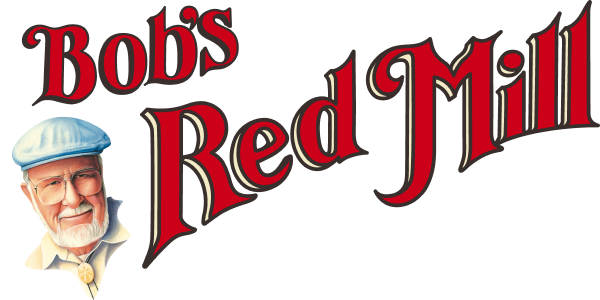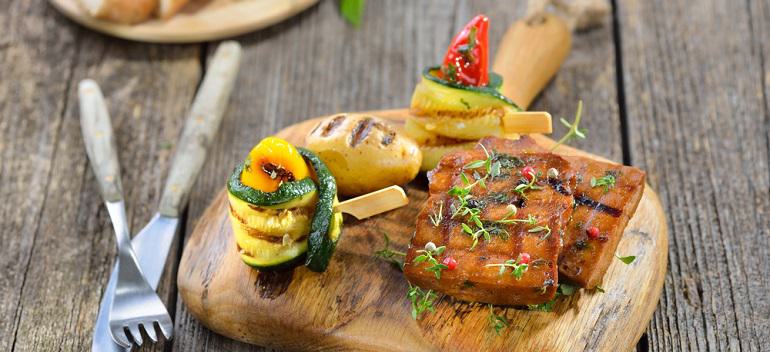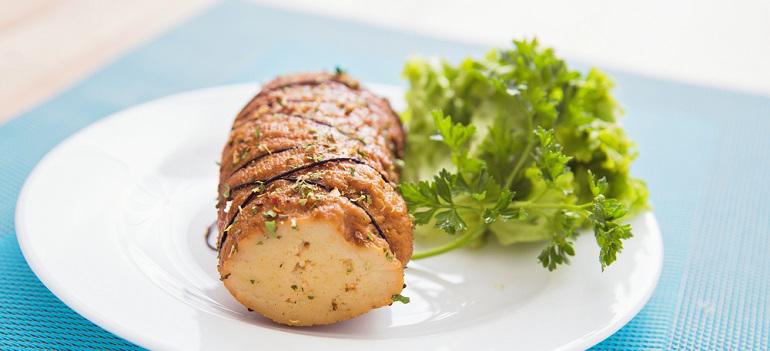


 Dont know how to cook seitan? Whether you choose to make your seitan at home or purchase it pre-made, it's crucial that you always cook it before serving up your meal. Though seitan is ideal for vegetarian and vegan dishes, it can be used in almost any cuisine. Choose to pan-fry your seitan with some soy sauce for an Asian-inspired dish, or simmer it with curry to create delicious Indian-inspired cuisine. Seitan can be cooked in several different ways, from outdoor grilling to boiling and frying. When cooking with this meat substitute, step out of your kitchen comfort zone and add it to a variety of fun and flavorful recipes.
Dont know how to cook seitan? Whether you choose to make your seitan at home or purchase it pre-made, it's crucial that you always cook it before serving up your meal. Though seitan is ideal for vegetarian and vegan dishes, it can be used in almost any cuisine. Choose to pan-fry your seitan with some soy sauce for an Asian-inspired dish, or simmer it with curry to create delicious Indian-inspired cuisine. Seitan can be cooked in several different ways, from outdoor grilling to boiling and frying. When cooking with this meat substitute, step out of your kitchen comfort zone and add it to a variety of fun and flavorful recipes.
 Homemade and store-bought seitan require different storing methods. If you choose to make a homemade batch of basic seitan, you'll want to place leftovers in an airtight container. Homemade seitan will keep in the refrigerator for a few days before spoiling. If you've purchased seitan at your local health food store, be sure to look at the expiration date and specific storing instructions on your packages. Prepared seitan will likely need to be refrigerated. Or, if you'd like it to keep for longer, it can be frozen for up to three months.
Homemade and store-bought seitan require different storing methods. If you choose to make a homemade batch of basic seitan, you'll want to place leftovers in an airtight container. Homemade seitan will keep in the refrigerator for a few days before spoiling. If you've purchased seitan at your local health food store, be sure to look at the expiration date and specific storing instructions on your packages. Prepared seitan will likely need to be refrigerated. Or, if you'd like it to keep for longer, it can be frozen for up to three months.
 There are several benefits of adding seitan to your recipes. Continue reading to learn more about this wonder ingredient and why it should be incorporated into a healthy diet.
There are several benefits of adding seitan to your recipes. Continue reading to learn more about this wonder ingredient and why it should be incorporated into a healthy diet.